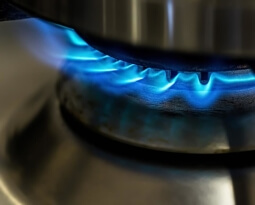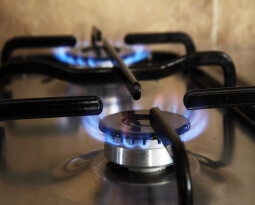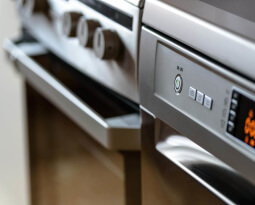How to Create an Energy Efficient Commercial Kitchen
Running a commercial kitchen is competitive business, and it does not come cheap. Energy consumption accounts for a large portion of operational costs in business. According to the US Environmental Protection Agency (EPA), commercial kitchens are high energy users, consuming roughly 2.5 times more energy per square foot than any other commercial space.
Transforming your kitchen into an energy efficient commercial kitchen means saving thousands of dollars annually in energy and water costs, more flexibility in fund allocation, and greater net profitability in business.
- Purchase Energy Efficient Commercial Kitchen Equipment
Kitchen equipment in commercial kitchens are heavy duty and built to withstand tough conditions. Investing in ENERGY STAR certified kitchen equipment for new constructions or replacements can cut kitchen utility costs without sacrificing on design and features. For example, certified dishwashers, ice machines and steam cookers have lower rates of water consumption, thus leading to smaller water and sewer bills. Business owners can also use the Commercial Kitchen Equipment Savings Calculator to analyze their energy savings.
- Regular Maintenance and Inspections
It is not enough to merely buy expensive high quality kitchen equipment. The appliances should be cleaned regularly and inspected for leaks, breakdowns, and regular wear and tear. Filters, gaskets and seals should be changed before they become too old. By following a proper maintenance schedule and referring to appliance service manuals, you can avoid extensive damage and costly malfunctions.
- Save on Water Bills
Water consumption constitutes a major portion of utility bills. Commercial dishwashers use the same amount of water no matter the number of dishes loaded. Hence, it would be energy efficient to wash dishes only when the dish racks are completely loaded.
Another option is to install a low-flow pre-rinse spray valve for washing soiled dishes before placing them in the dishwasher. When compared to a high-flow pre-rinse spray valve unit, this equipment significantly cuts back on energy usage.
- Examine Heating, Cooling and Ventilation Systems
Small behavioral changes such as cleaning the ventilation, lowering the temperature of the dishwasher, keeping refrigeration and freezer doors closed, and turning off cooking and heating equipment can go a long way in making your kitchen energy efficient. To further improve efficiency, pay attention to the location of kitchen equipment. Group hot appliances with other hot appliances, and cold appliances with other cold appliances. Upgraded features such as programmable thermostats also help minimize any excessive energy loss during idle periods.
Using renewable energy is subject to state rebates and tax credits, and can be economical for certain facilities. The Lucky Labrador Pub in Portland, Oregon uses a solar water heating system in the summer to provide themselves with water temperatures up to 180 degrees.
- The Internet of Things (IoT)
Estimates show that the connected kitchen could save the food and beverage industry at least 15% by 2020. By incorporating innovations in technology, commercial kitchens can connect to POS devices, remotely monitor ovens and refrigerators, track energy usage, and report on food temperature and freshness.
Last year, Kitchen Brains partnered with HotSchedules to provide its Quality Production Manager (QPM) software with a cloud platform. QPM monitors real-time and historical sales to digitally coach kitchen staff on food preparation. By connecting QPM with the HotSchedules IoT platform, POS solutions and cooking equipment will work seamlessly, eliminating traditional API complexities and energy consumption.
For more information on commercial kitchen upgrades and equipment parts, please contact us for a full listing of our products.
Yours in writing,







